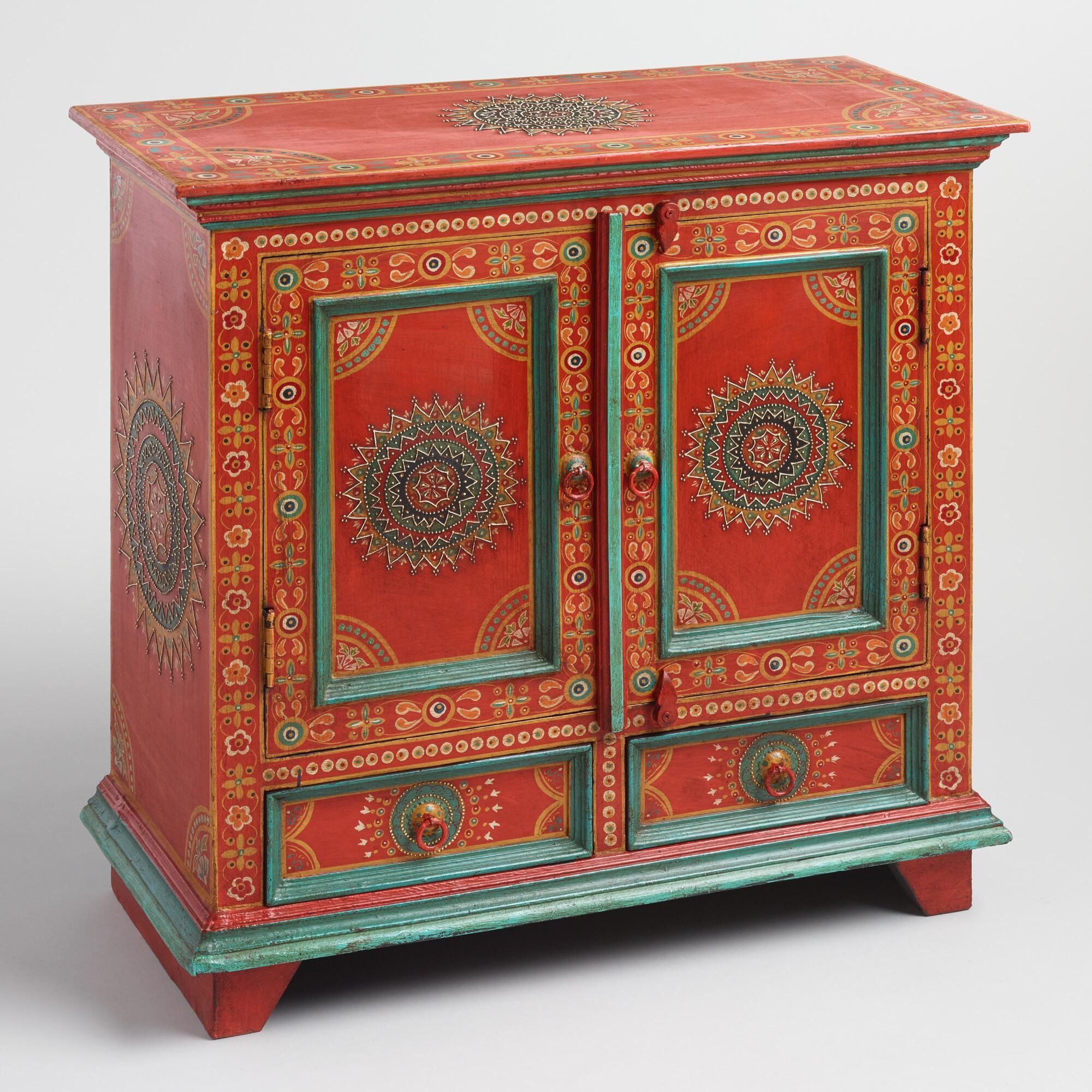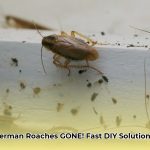Ready to give your kitchen a makeover without breaking the bank? Painting your cabinets is the perfect way to transform the heart of your home. From vibrant hues to classic neutrals, the possibilities are limitless. And don’t worry if you’re not a painting pro—this guide will have you brushing and rolling like a pro in no time. So, let’s dive into the world of painted cabinets and create the kitchen of your dreams!
To Paint or Not To Paint: Is It Right for Your Cabinets?
Before you grab that paintbrush, let’s make sure your cabinets are good candidates for a makeover. Give them a good once-over, considering these factors:
- Sturdiness: Are your cabinet doors solid? Do they close properly? Make sure they’re in good shape structurally before you start painting. Painting over structural issues won’t make them disappear!
- Material: What are your cabinets made of? Smooth surfaces are ideal for painting. If yours are textured or have a laminate finish, painting might be tricky and may require specialized primers or techniques.
Choosing the Perfect Paint
Picking the right paint is like choosing the right foundation for your skin – it’s the base for everything! You’ll want a paint that’s durable, looks amazing, and suits your style.
What Types of Paint are Best for Cabinets?
- Water-based Trim and Cabinet Enamel Paints: These are your best bet for a durable and smooth finish. They’re also typically low in VOCs (volatile organic compounds), making them a good choice for indoor air quality. These paints are also generally easier to clean up, which is a major plus.
- Oil-Based Paints: Oil-based paints offer excellent durability and a classic, smooth finish. However, they have a stronger odor, require mineral spirits for cleanup, and take longer to dry.
- Chalk Paints: Chalk paints have become increasingly popular for furniture and cabinets. They offer a unique matte finish and can be a good option for achieving a vintage or distressed look. However, they may require a topcoat for protection.
- Milk Paint: Similar to chalk paint, milk paint offers a matte finish and a vintage aesthetic. It’s known for its environmentally friendly properties but may require a sealant for durability.
Picking the Right Sheen
Once you’ve chosen a paint type, consider the sheen:
- Glossy: Reflects light and is very durable, making it easy to clean. However, it can highlight imperfections. Glossy finishes are often preferred for a modern look.
- Semi-Gloss: A popular choice for cabinets, semi-gloss offers a good balance of durability and a subtle sheen.
- Satin: This velvety finish is less durable than gloss or semi-gloss, but it’s known for its elegant look.
- Matte: This ultra-flat finish hides imperfections well but can be less durable and more difficult to clean. Matte finishes are often favored for a contemporary or farmhouse style.
Gearing Up for Painting Success
Just like a chef needs the right tools, you need the right supplies to paint your cabinets like a pro:
| Supply | Why You Need It |
|---|---|
| Degreaser Spray | Cleans away dirt and grime for better paint adhesion |
| Latex Primer | Creates a smooth base for your paint to stick to |
| Cabinet Enamel Paint | Your weapon of choice for a durable, beautiful finish |
| Sandpaper (Various Grits) | Smooths out imperfections and helps paint adhere |
| Painter’s Tape | Protects areas you don’t want to paint (walls, countertops) |
| Drop Cloths | Keeps your floors splatter-free – trust us on this one! |
| Paintbrushes | For those detailed areas and corners |
| Paint Rollers | For covering large, flat surfaces quickly |
| Paint Tray | Holds your paint and makes dipping a breeze |
| Stir Sticks | Mixes the paint thoroughly for consistent color |
| Tack Cloth | Removes dust and debris before you start painting |
Let’s Get Painting: A Step-by-Step Guide
Ready to transform those cabinets? Let’s do this!
- Prep Work is Key: This is the most important step! Clean all cabinet surfaces thoroughly with a good degreaser. Lightly sand any rough spots using a fine-grit sandpaper, and wipe everything down with a tack cloth to remove dust. Finally, apply a coat of primer – it’s like the base coat for your nails, creating a smooth surface for the paint to adhere to.
- First Coat Fun: Now for the exciting part! Grab your cabinet enamel paint and apply a thin, even coat using a brush or roller (or a combination of both). Don’t worry about perfection just yet; we’ll have multiple coats to even things out.
- Second Coat Magic: Once the first coat is completely dry (refer to the paint manufacturer’s instructions for drying times), it’s time for round two! This coat will add depth and richness to your color.
- Third Coat (Optional, But Worth It): If you want extra durability (especially for high-traffic areas), a third coat is a good idea. It’s like adding an extra layer of protection for your beautiful new finish.
- Hardware Refresh: While you’re at it, why not give your cabinet hardware a makeover too? New knobs or handles can completely change the look!
Beyond Basic White: Unleash Your Inner Designer
White cabinets are a classic for a reason, but don’t be afraid to play with color! Here are a few ideas:
- Two-Tone Trend: Use one color for your upper cabinets and another for the lower ones. Or, paint your kitchen island a contrasting shade for a pop of personality. For example, you could pair white upper cabinets with navy blue lower cabinets or combine sage green uppers with warm wood tones on the lower cabinets.
- Color Theory is Your Friend: Look at a color wheel and choose shades that complement each other. For instance, blue and orange are complementary colors, so you could use a soft blue on the cabinets and incorporate pops of burnt orange in your accessories.
- Get Inspired: Browse magazines, Pinterest, or home improvement shows for ideas. Pay attention to color combinations that catch your eye and how they work with the overall style of the kitchen.
Pro Tips for a Flawless Finish
- Painting Jig Magic: Use a makeshift jig (like a piece of scrap wood) to hold your cabinet doors while you paint all sides at once. This prevents those pesky drip marks and ensures even coverage.
- Clean Brushes = Happy Painting: Clean your paintbrushes thoroughly after each use with the appropriate solvent (water for water-based paints, mineral spirits for oil-based paints) to keep them in tip-top shape and prevent bristles from drying out.
- Protection is Key: Protect your countertops, floors, and walls with drop cloths and painter’s tape. It’s much easier to prevent a mess than to clean one up later.
- Patience, Young Padawan: Allow ample drying time between coats. It’s tempting to rush, but trust us, the results will be worth it. Rushing the drying process can lead to a sticky finish and paint that peels easily.
You’ve Got This!
Painting your kitchen cabinets is a rewarding project that can completely transform your space without breaking the bank. By following these tips and tricks, you’ll be well on your way to a kitchen you’ll love to show off. Happy painting!
- How to Get Rid of Mushrooms in Your Lawn: A Complete Guide - April 24, 2025
- How to Get Rid of Ground Hornets: A Safe and Effective Guide to Eliminating Nests - April 24, 2025
- How to Get Rid of German Roaches Fast: DIY Methods for Quick Control - April 24, 2025










